perfect gift for your office and home
They Mentioned Plant in 10" Grow Bag. but the delivered one is only 2" Grow Bag
Good

 Save up to 15%
Save up to 15%
Peace Lily, Spathiphyllum - Plant The Peace Lily, scientifically known as Spathiphyllum, is a stunning houseplant celebrated for its elegant white...
View full details
 Save 18%
Save 18%
Combo Constituents Includes the Parijat Tree (Night-Flowering Jasmine), a culturally significant plant with fragrant flowers. Description The Pari...
View full details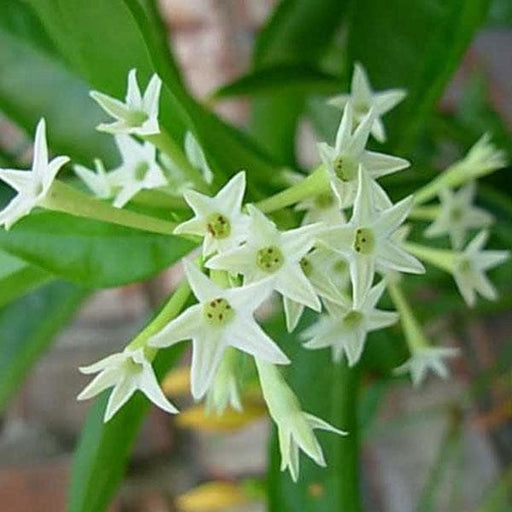
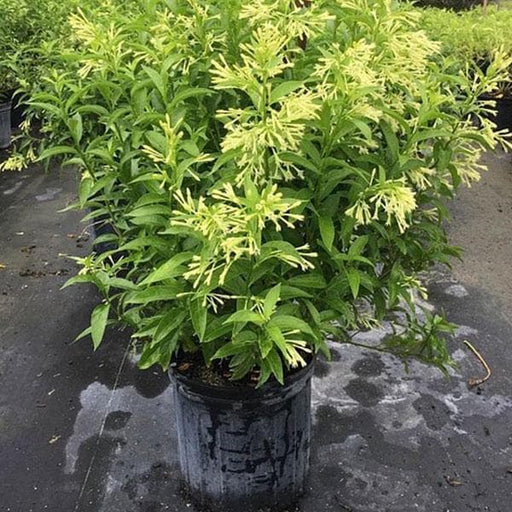 Save 25%
Save 25%
Description Raat Ki Rani (*Cestrum nocturnum*), also known as Night Blooming Jasmine, is a fragrant shrub native to the Caribbean and Central Ameri...
View full details
 Save 25%
Save 25%
Jasminum sambac, Mogra, Arabian Jasmine - Plant Jasminum sambac, commonly known as Mogra or Arabian Jasmine, is a fragrant flowering plant...
View full details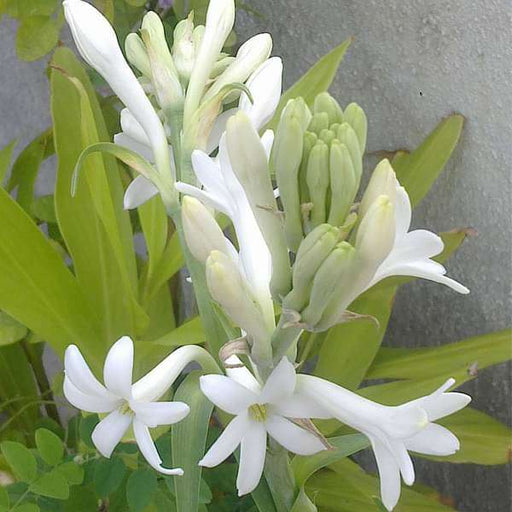
 Save 17%
Save 17%
Rajnigandha, Tuberose - Plant The Rajnigandha, scientifically known as Polianthes tuberosa, is a captivating perennial plant renowned for ...
View full details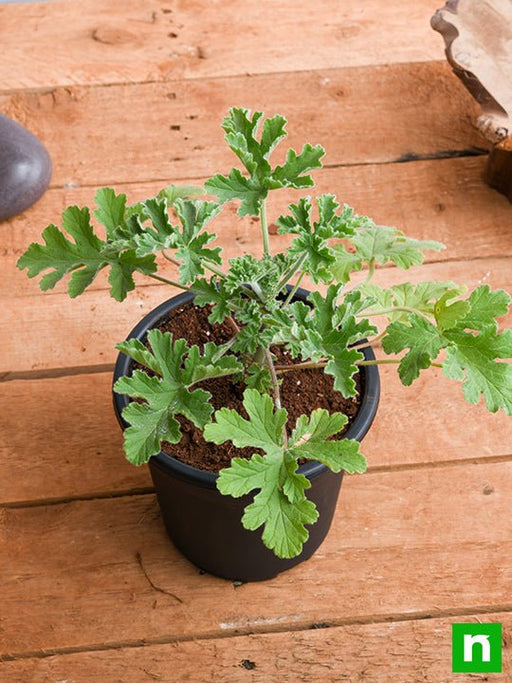
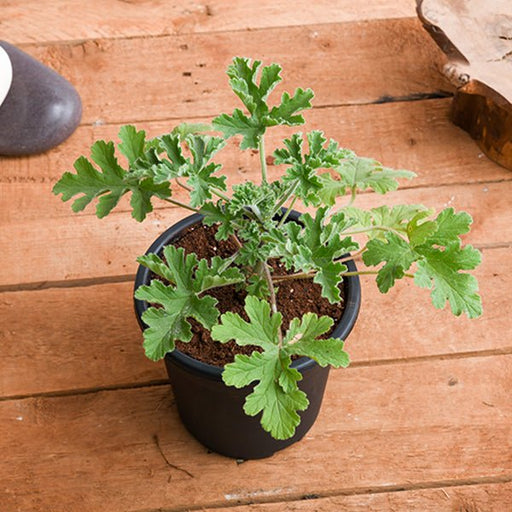 Sold out
Sold out
Citronella, Odomas - Plant The Citronella plant, scientifically known as Cymbopogon nardus, is a tropical grass renowned for its aromatic ...
View full details Save 25%
Save 25%
Damascus Rose, Scented Rose (Any Color) - Plant The Damascus Rose, also known as Rosa damascena, is a timeless symbol of beauty and romanc...
View full details
 Save 35%
Save 35%
Best 6 Plants for Perfect Indoor Garden Transform your living space into a lush oasis with our curated collection of the Best 6 Plants for a...
View full details
 Save up to 50%
Save up to 50%
Mini Succulent Garden Pack Transform your space with our Mini Succulent Garden Pack, featuring a delightful collection of 4 any variety beautiful s...
View full details
 Save 30%
Save 30%
5 Best Fragrant Plants Transform your garden or indoor space into a fragrant paradise with our curated selection of the 5 Best Fragrant Plants. Th...
View full details
 Save 24%
Save 24%
Set of 2 Bonsai Looking Grafted Adeniums Transform your indoor or outdoor space with our exquisite Set of 2 Bonsai Looking Grafted Adenium...
View full details Save 45%
Save 45%
Top 4 Die Hard Succulents Pack Transform your indoor or outdoor space with our Top 4 Die Hard Succulents Pack, featuring a curated selecti...
View full details
 Save 30%
Save 30%
5 Best Indoor Plants Pack Transform your living space into a lush oasis with our '5 Best Indoor Plants Pack.' This carefully curated collection fe...
View full details
 Save 25%
Save 25%
Set of 4 Evergreen Air Purifier Plant Pack Transform your indoor space into a lush, green oasis with our Set of 4 Evergreen Air Purifier Pla...
View full detailsDiscover the beauty and versatility of our carefully curated collection of shrubs. These hardy plants are perfect for adding structure and color to your garden, providing year-round interest with their lush foliage and vibrant blooms. From evergreen varieties that offer privacy and shelter to flowering shrubs that attract pollinators, our selection caters to every gardening need and aesthetic preference.
What makes our shrubs special is their adaptability to various climates and soil types. Many of our shrubs are drought-tolerant and low-maintenance, making them ideal for busy gardeners or those looking to create a sustainable landscape. With a range of sizes and growth habits, you can easily find the perfect shrub to complement your outdoor space.
Growing shrubs not only enhances your garden's beauty but also contributes positively to the environment. They provide habitat for wildlife, improve air quality, and help prevent soil erosion. With the right care, these plants can thrive for years, offering a lasting impact on your landscape and the ecosystem.
Shrubs belong to the plant kingdom, with many species classified under the family Rosaceae, which includes roses, apples, and cherries. They play a crucial role in ecosystems, serving as a food source and habitat for various wildlife. Historically, shrubs have been used in landscaping for centuries, with ancient civilizations utilizing them for ornamental purposes and as barriers for protection against wind and erosion.
From an environmental perspective, shrubs are vital in carbon sequestration, helping to mitigate climate change by absorbing CO2 from the atmosphere. They also improve soil health by preventing erosion and promoting biodiversity. By incorporating shrubs into your landscape, you contribute to a healthier planet while enjoying their aesthetic and functional benefits.
Shrubs plants come in a variety of types, each with its unique characteristics, colors, and growth habits. In this article, we will explore the different types of shrubs plants and provide information on how to grow and care for them.
Growing shrubs plants can be a fun and rewarding experience. In this article, we will provide tips and advice on how to grow shrubs plants successfully, including soil preparation, watering, and fertilization.
Proper care and maintenance of shrubs plants can help them thrive and produce a bountiful harvest. In this article, we will discuss the best practices for pruning, fertilizing, and pest control of shrubs plants.
Shrubs plants are susceptible to a variety of diseases, including fungal infections, bacterial diseases, and viral infections. In this article, we will explore the common diseases that affect shrubs plants and provide tips on how to prevent and treat them.
Shrubs plants can be attacked by a variety of pests, including insects, mites, and rodents. In this article, we will discuss the common pests that affect shrubs plants and provide tips on how to prevent and control them.
Shrubs plants not only add beauty and aesthetic value to your home but also offer many benefits, including air purification and soil erosion control. In this article, we will explore the benefits of shrubs plants and how they can improve your overall well-being.
Shrubs plants are a popular choice for landscaping due to their beauty, fragrance, and ability to attract beneficial insects. In this article, we will provide advice on how to choose the right shrubs plants for your landscape and how to incorporate them into your overall design.
Shrubs plants can be used to create a natural and attractive hedge around your property. In this article, we will explore the best shrubs plants for hedging and provide tips on how to create a beautiful and functional hedge.
Shrubs plants can also be used to create a natural privacy screen around your property. In this article, we will explore the best shrubs plants for screening and provide tips on how to create an attractive and effective screen.
Some shrubs plants can add color and interest to your garden during the winter months. In this article, we will explore the best shrubs plants for winter interest and provide advice on how to care for them.
Shrubs plants can also add color and interest to your garden during the summer months. In this article, we will explore the best shrubs plants for summer interest and provide advice on how to care for them.
Some shrubs plants can add color and interest to your garden during the fall months. In this article, we will explore the best shrubs plants for fall interest and provide advice on how to care for them.
Some shrubs plants are edible and can be used to create a functional and attractive landscape. In this article, we will explore the best shrubs plants for edible landscaping and provide information on their culinary uses and growing requirements.
Shrubs plants that are drought-tolerant can be a great choice for landscaping in dry and arid climates. In this article, we will explore the best shrubs plants for drought-tolerant landscaping and provide tips on how to care for them.
Some shrubs plants thrive in shady areas and can add color and interest to your garden. In this article, we will explore the best shrubs plants for shade and provide advice on how to care for them.
Shrubs plants that require full sun can add brightness and color to your garden. In this article, we will explore the best shrubs plants for full sun and provide tips on how to care for them.
Shrubs plants can also be grown in containers, making them a great choice for small gardens or patios. In this article, we will explore the best shrubs plants for container gardening and provide advice on how to care for them.
Shrubs plants can attract a variety of wildlife, including birds, butterflies, and bees. In this article, we will explore the best shrubs plants for wildlife and provide tips on how to create a wildlife-friendly garden.
Some shrubs plants can be used to create beautiful cut flower arrangements. In this article, we will explore the best shrubs plants for cut flowers and provide tips on how to care for them.
Shrubs plants can provide protection for other plants in your garden during the winter months. In this article, we will explore the best shrubs plants for winter protection and provide advice on how to care for them.
Shrub plants are a group of plants that are known for their woody stems and multiple stems or branches. They are often used for landscaping and can range in size from small to large.
There are several shrub plants that can be grown in India, such as Bougainvillea, Hibiscus, Oleander, and Roses.
Shrub plants should be planted in a location that receives full sun and has well-draining soil. Dig a hole twice as wide as the root ball, place the plant in the hole, backfill with soil, and water thoroughly.
Shrub plants prefer well-draining soil that is slightly acidic, with a pH level of 6.0 to 6.5.
Shrub plants require regular watering, about once or twice a week, depending on the weather and soil conditions.
Fertilize shrub plants in the spring and summer, using a balanced fertilizer specifically formulated for shrubs.
Shrub plants require regular pruning to maintain their shape and promote new growth. Prune during the growing season to encourage bushier growth and a higher yield.
Yes, shrub plants can grow in containers. However, make sure the container is large enough for the plant to grow, and use a well-draining potting mix.
Shrub plants can be propagated by cuttings or layering.
Shrub plants may attract pests such as aphids, whiteflies, and spider mites. They may also be susceptible to diseases such as powdery mildew and root rot.
Some shrub plants can tolerate shade, but most require full sun or partial shade.
Shrub plants can live for several years to even decades, depending on the species and growing conditions.
Shrub plants can tolerate a wide range of temperatures, but some species may not tolerate extreme heat or cold.
Mulch around the base of the plant and cover the plant with a frost cloth to protect it from cold winds and extreme temperatures.
Use insecticides or natural remedies such as neem oil or soap water to control pests on shrub plants.
Yes, shrub plants can be grown organically by using natural fertilizers, pest control methods, and sustainable practices.
Transplant shrub plants during the spring or fall, when the plant is dormant. Dig a hole twice as wide as the root ball, carefully remove the plant from its container, place it in the hole, backfill with soil, and water thoroughly.
Plant shrub plants in a location where they have plenty of room to grow and spread, or use root barriers to prevent them from spreading too much.
Yes, shrub plants can be pruned into topiaries to create unique and artistic garden features.
Prune your shrub plants regularly to prevent them from becoming too leggy. Remove any excess growth and shape the plant as needed.
Yes, shrub plants are often used for hedges due to their dense foliage and easy maintenance.
Use a physical barrier or repellent spray to protect shrub plants from animal damage, such as deer or rabbits.
Yes, shrub plants can be used for erosion control by planting them on slopes or in areas with poor soil quality.
Consider the intended use of the shrub plant, as well as the climate and soil conditions in your area.
A healthy shrub plant should have vibrant green leaves, and the leaves should be plump and not dry or brittle. The plant should also have a strong root system and be free of any pests or diseases.
Yes, shrub plants can be used in mixed borders with other plants and flowers to create a beautiful and practical garden.
Water shrub plants regularly during the summer months, and provide some shade if necessary to prevent the plant from drying out.
Water shrub plants less frequently during the winter months, and protect them from extreme temperatures and wind.
Yes, some shrub plants are often used in edible landscaping due to their delicious fruit or berries.
Consider the available space in your garden and the mature size of the shrub plant when choosing the right size for your garden.
perfect gift for your office and home
They Mentioned Plant in 10" Grow Bag. but the delivered one is only 2" Grow Bag
Good